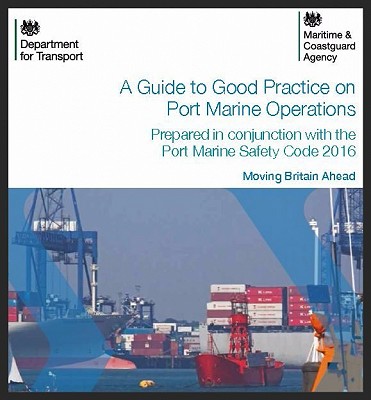State21 Ltd and OceanWise Ltd are pleased to announce the signing of a memorandum of understanding, reflecting the close synergy between both companies’ areas of business. Resilience is all about being able to overcome the unexpected. The goal of resilience is to thrive (Jamais Cascio). OceanWise recognize that a port is a multifaceted business and the data and information it holds is one of its most important assets. As the volume and complexity of the data that a port holds increases the need for data governance and resilience grows in importance.
A system of data governance can bring many benefits, so that disparate data sets can be discovered, accessed, shared and reused to create a 'Common Operating Picture'. Drawing upon personal experience from over 90 years of police, military and maritime service, State 21 expertise rests in identifying how harbours can be better prepared to meet the unexpected.
State 21 deliver training, exercises, debriefing in emergency planning, incident management and business continuity to maximize the potential use of your staff, assets and data to deliver improved resilience management through a 'Common Operating Picture'.
Mike Osbourne Managing Director OceanWise stated that “ Through our skills, technology and networks, we are able to provide end-to-end solutions for all your marine environmental data management requirements. We have highly skilled and enthusiastic staff who are experts in their own fields. Working with State21 enhances the pool of expertise.”
Tony Birr Business Director State 21 reiterated, “Both companies have a passion for the maritime industry and there is a clear synergy on how we work together to provide a combined and unique set of skills which can be of real benefit to our clients.” For further details please visit http://www.state21.co.uk or https://www.oceanwise.eu
Common Operating Picture
A common operating picture (COP) has been defined as: “A common overview of an incident that is created by assessing and fusing information from multiple sources, and is shared between appropriate command, control and co-ordinating groups to support joint decision-making”. A common operating picture is a single point of reference for those involved, and supports joint decision-making. Answering the questions below helps develop a common operating picture and helps establish shared situational awareness:
- What? - What has happened, what is happening now and what is being done about it?
- So what? - What might the implications and wider impacts be?
- What might happen in the future?
The form of the common operating picture depends on local requirements and practices. It would be updated as events and inputs change and also as the results of further work become available, such as analysis which answers the ‘so what?’ or ‘what might?’ questions. The common operating picture should have a clear relationship with established command, control and co-ordination groups and should be accessed through a suitably resilient and secure common information sharing platform. This completed Strategic Co-ordinating Group situation report is an example of a common operating picture. In other contexts, the common operating picture may be a dynamic dashboard that provides an overview of the incident, using maps and graphics as well as text.
